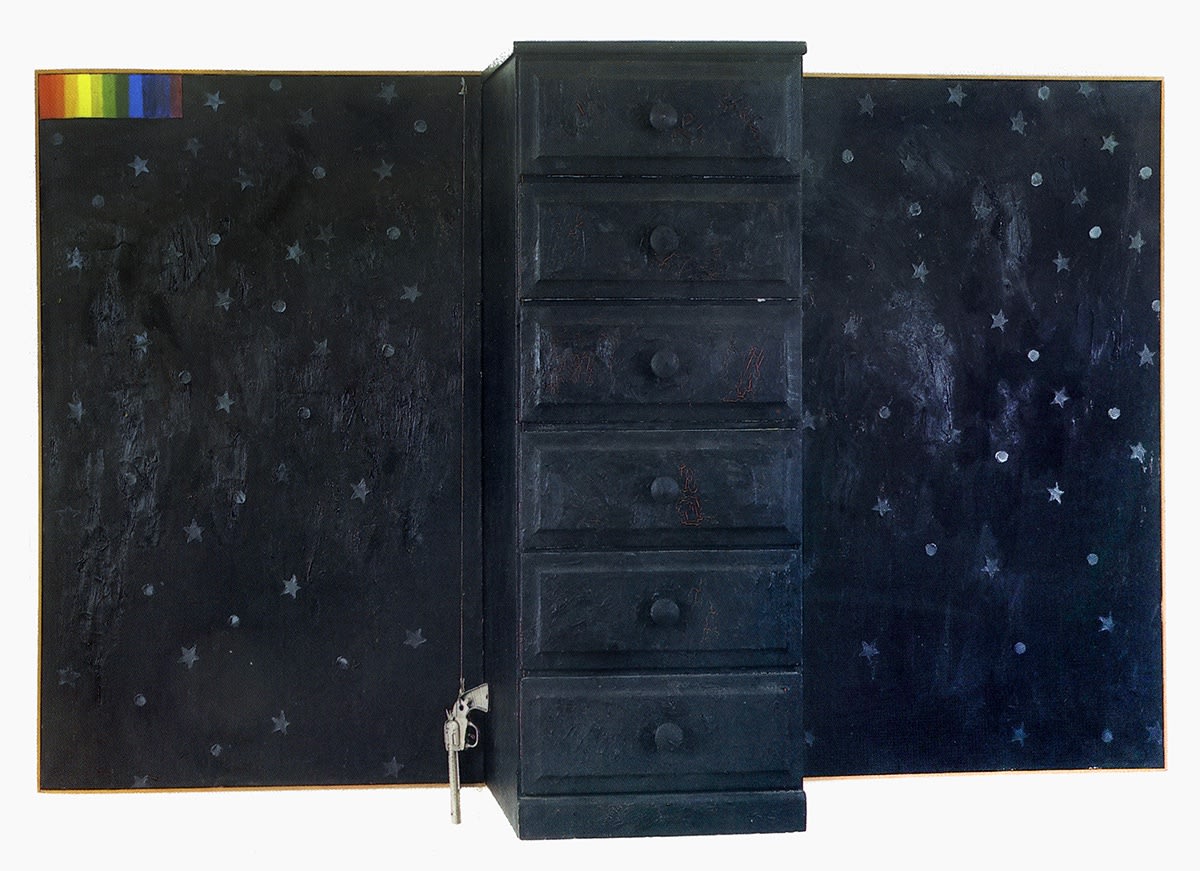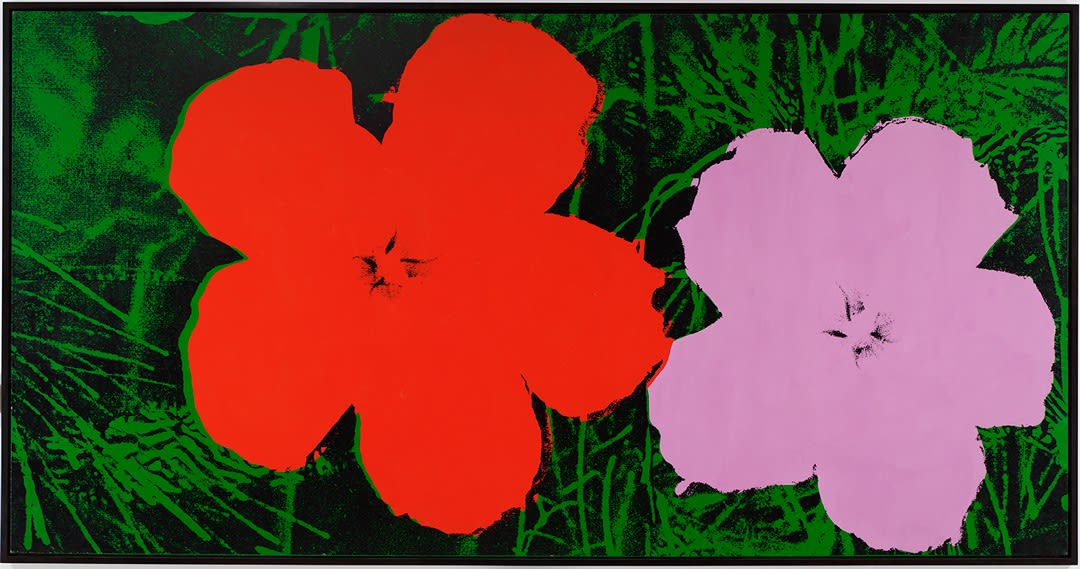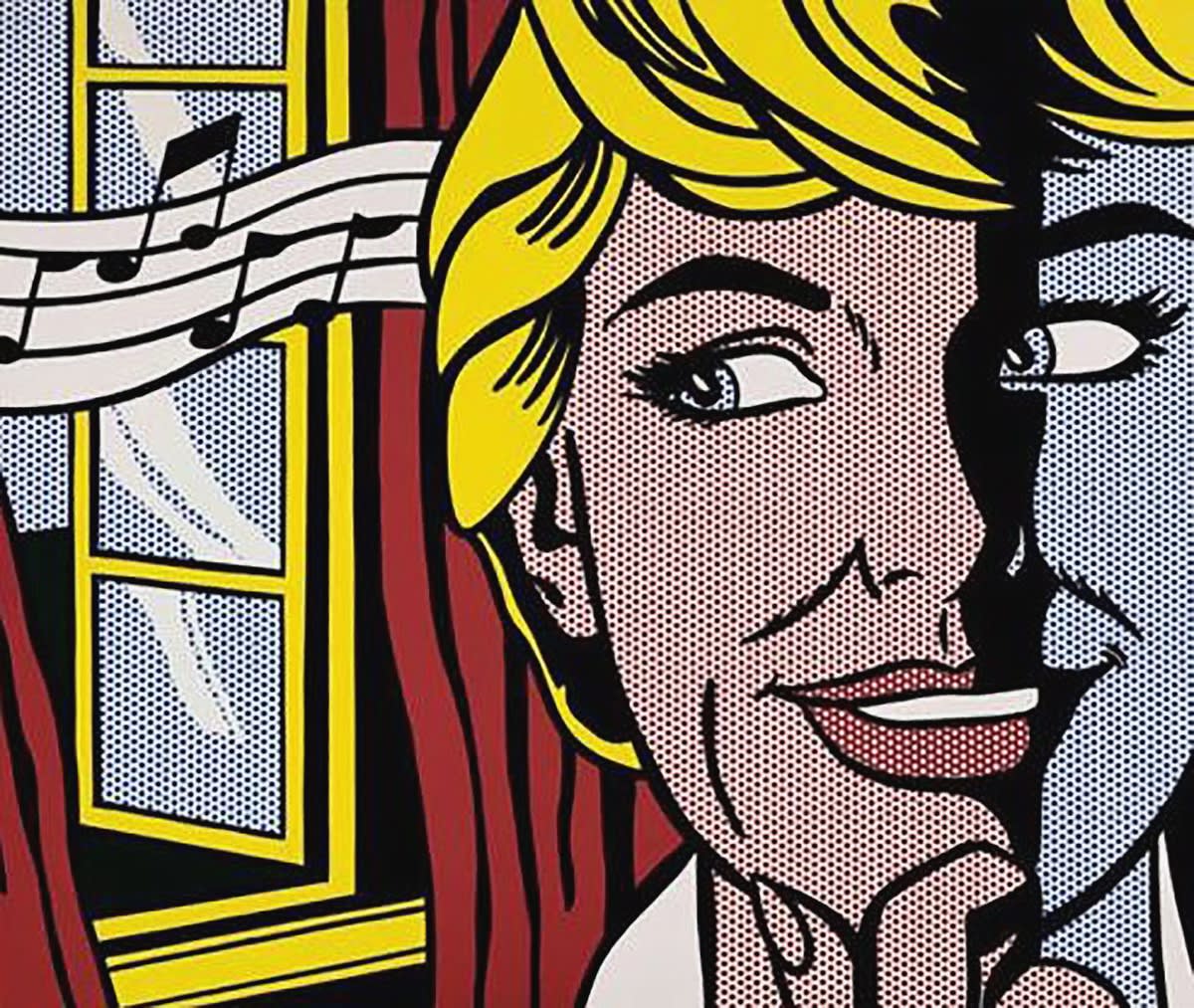Robert Fraser 1937-1986
I only really met Robert when he returned from India at the end of 1979. We became immediate friends and from then on in barely a day went by, when we were both in London, that we didn't either have a drink or a meal together. He adopted my wife and myself as his family; both his parents were practicing Christian Scientists, which Robert was most certainly not. When I came back to London in December 1972 to take over the gallery, there was a huge gap in the London Art scene left by the closure of Robert's gallery that I was able to try to fill. His 1983 reopening in Cork Street was welcomed by everybody with open arms.
One morning on my way to work I remember seeing Godfrey Pilkington on all fours trying to get into his gallery, Robert came up to me rather sheepishly to explain that he had been a bit miffed with Leslie Waddington and the night before, rather the worse for wear, he decided to fix Leslie's door with superglue. Unfortunately he got the wrong gallery. Sadly by the summer of 1985 his illness was really taking hold and he had to close his gallery. For the August Bank Holiday he really wanted to come to stay with us in Shropshire and have a chance to see his old friends locals to there. Paul and Linda McCartney arranged for somebody to bring him down and bring him back to London. He really rallied to the occasion much to everybody's great enjoyment. Sadly he collapsed on the way home and was never really the same afterwards. We had done a number of deals together and the final one, when he was basically bedridden, was when he sold Giorgio di Chirico's Nude, 1911-12, to one of his clients. It had originally belonged to René Gaffe who had an exhibition of works from his collection at the Zwemmer gallery in 1937. The show included major cubist works by Picasso and Braque as well as a few di Chiricos. At the end nothing had sold so Roland Penrose bought the lot including this painting. We got it by exchanging it for a di Chirico Still Life that we had bought from the Edward James Foundation with Mario Tazzoli. Robert was very much a Robert, never a Bob let alone 'Groovy Bob'. He was an inspiration, a life enhancer and a true friend and I miss him to this day. How Robert would have enjoyed his funeral as one of the mourners came by helicopter and his pilot not having been to the South London Crematorium before thought that he had found the perfect landing spot, only to discover too late that it was a sewage farm!

Jim Dine, Black Child's Room, 1962, oil, wood and metal on canvas, 48 1/2 x 78 3/4 x 16 inches (123 x 200 x 40.5 cm), Berardo Collection
Jim Dine
Robert Fraser had shown Jim Dine in 1965; the police raided the show which was Robert's first brush with the law. Although I never gave Jim a show, I have always loved his work from the early 1960's, and cannot understand why these works have not been as popular as the later works such as hearts and bathrobes. I have sold a number of them always to real collectors and museums and to my mind the best, and there are many of them, are really up there with the other Pop artists in every way but price.
In April I was asked to put together a collection of six works. One of the works was Jim's Black Child's Room, 1962, that I had bought with Margo Leavin from Vera List at a Christie's auction. The other five works were Roy Lichtenstein's Bathroom, 1961 (now in the Whitney Museum), Claes Oldenburg's Giant Soft Toothpaste, 1964 (now in the Cleveland Museum), Robert Rauschenberg's Tadpole, 1963, Jim Rosenquist's Win a New House This Christmas, 1964 and the final one was the Andy Warhol's' Large Flowers, 1964 that had originally belonged to Bob Scull. I sold all six of them for $1,300,000.

Andy Warhol, Large Flowers, 1964, synthetic polymer paint and silkscreen ink on canvas, 81 1/2 x 158 1/2 inches (207 x 403 cm), Glenstone
Cy Twombly and Hirschl and Adler Modern
I had already had four Twombly exhibitions at the gallery and so, in a conversation with Karsten Greve, we thought that it would be interesting to try to open up the American market. At the time the Blackboard series were the best known in the States, his works from the 1950's up until the Blackboards had hardly been seen there. In an attempt to remedy this, we approached Donald Mckinney, who had just joined Hirschl and Adler Modern, with the idea of us curating a Twombly exhibition for them. This resulted in us doing the first one in November 1984 and the second one in this April.
In May 1985, Peter Brant told me that Philip Johnson and David Whitney might want to sell a Twombly of theirs; Untitled, 1959. I called them up and they asked me to lunch at the Glass House. A fellow guest at the lunch was a collector from the west coast with his rather younger blonde companion. We all had a very enjoyable meal after which the collector immediately left to return to New York City. David, Philip and I went to see the painting which I bought and on the way back to the house we ran into the blonde companion wandering about rather aimlessly. The collector obviously forgotten that he had brought her so after various telephone conversations he sent his driver back to collect her. I sold the painting to Peter Brant at the 1986 Hirschl and Adler Modern show for $440,000 which included trading me a Black Ad Reinhardt painting.

Cy Twombly, Untitled, 1959, oil, lead and coloured pencil on canvas, 74 1/4 x 98 inches (188.6 x 248.9 cm), Private Collection
Roy Lichtenstein
I met Roy and Dorothy at the Museum of Modern Art's Gemini Retrospective in May 1971. We soon became very good friends and when I lived in New York often in the summer I would go to Southampton and either stay with them or Jane Holzer, who in the sixties had been Baby Jane (one of Andy Warhol's superstars), whose house was about a mile away in what had been the DuPont summer house and had been built like a chateau on the Loire. One night at Jane's some friends of her boyfriend had to unexpectedly land their aeroplane at East Hampton because of bad weather. They had another couple in tow; he was an oral surgeon and the most uptight person you could ever meet and if anybody lit a cigarette or anything else he would immediately tell them that they would lose their tongue to cancer and was forever doing press-ups on the beach. We all took against him. We had dinner in the orangery, which was on the beach side, and thankfully the dentist and his wife got up and went to bed around 10:30. So for the next 90 minutes everybody started tearing him to pieces. There was no heating and it was getting colder and colder but then no one dared go to bed as they thought they would be the next one to get the same treatment! I think I finally went up to bed around 4:30am.
I was staying with Roy and Dorothy when the news came through that Picasso had died. Someone from the Press called him for his comment which was: "Well I guess we all move up a peg then" which was so typical of his humour.
I was in Paris for a show of Roy when somebody gave a dinner for them where I met the Icelandic artist Erró, with a fund of amusing stories who we subsequently showed. It was a quail dinner and they were absolutely delicious and Dorothy must have eaten at least 20. She and I joked that she had turned quails into an endangered species.
Not being at all musical myself, I was mystified by the musical notes on The Sound of Music, 1965 so I asked Paul McCartney one time he was passing by the gallery if it meant anything and he told me that it had no meaning at all. I now realise that the film with Julie Andrews came out in 1965 so this painting is obviously a reference to it. We had six shows with Roy in total: Still Lifes in 1974, Italian Futurism in 1976, Sculpture in 1977, German Expressionist in 1980, Brushstrokes this year and finally the Waterlilies in 1993.

Roy Lichtenstein, The Sound of Music, 1965, oil on canvas, 48 x 56 inches (122 x 142 cm), Private Collection
Scottie Wilson and Bill Traylor
I have always been interested in Outsider Art and this year we had the opportunity to have two one-man shows of 'Outsider' artists. Some years later we were able to show James Castle (1899-1977) and Joseph Yoakum (1890-1972).
The first was Scottie Wilson (1888-1972). In the late 1940’s Scottie made an agreement to hang his work in an ice cream parlour on Scarborough Promenade. Unfortunately at the end of the season nothing had sold and the rent was due so his only hope was to sell the lot to Roland Penrose; our show came from this group.
My father knew Scottie quite well and used to help him out by buying work from him. One time Scottie started swearing so much so that my father said, "I thought you would be pleased with me as the last time I saw you I bought some work from you," to which Scottie replied, "exactly, I got drunk and was put in jail and it was all your fault!".
The other show was Bill Traylor (1853-1949). Traylor was an African-American born into slavery and only took up painting when he was about 85 years old. Basically all his work was on discarded pieces of cardboard. When I first saw his work at Hirschl and Adler Modern, I immediately wanted to show him. The show was a great success but then the top price was well under $10,000.

Bill Traylor, Construction Man, 1939-1942, gouache on card 15 x 9 inches (38 x 23 cm), Private Collection

